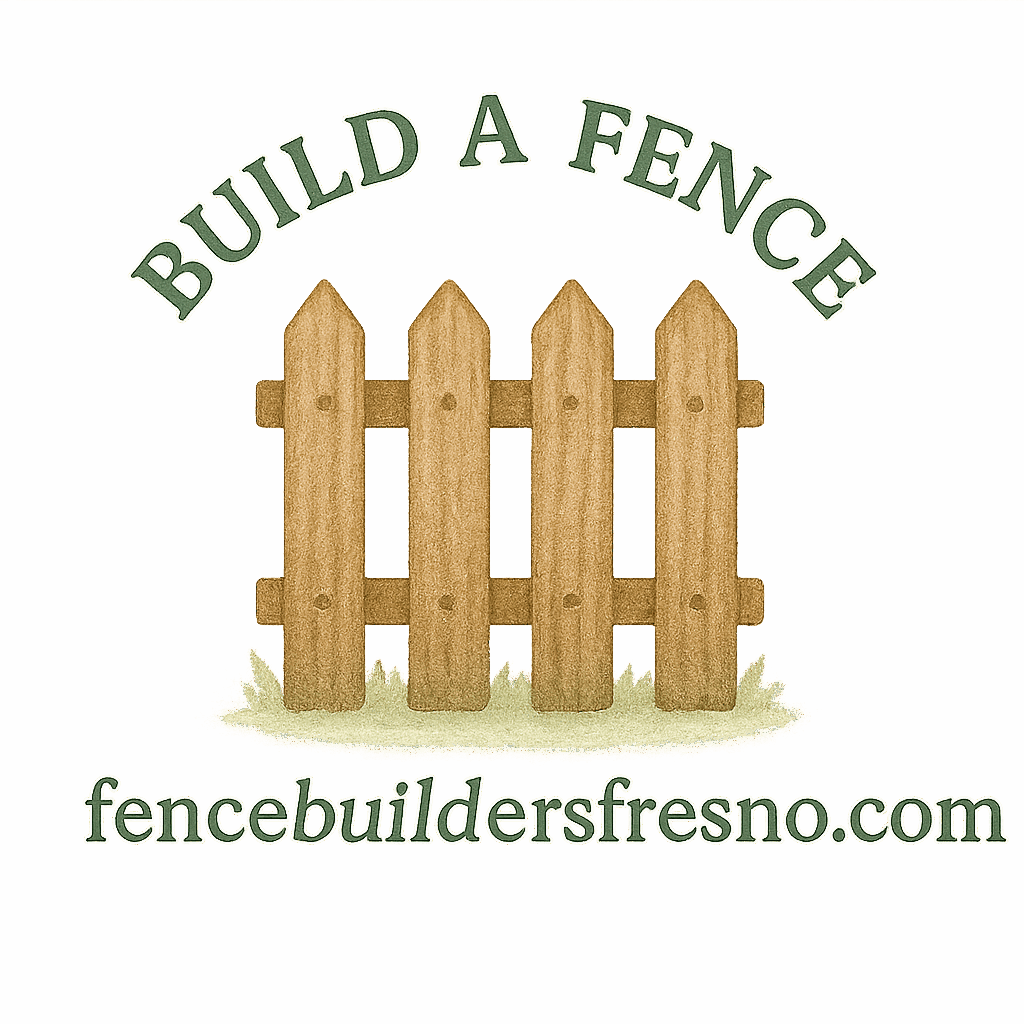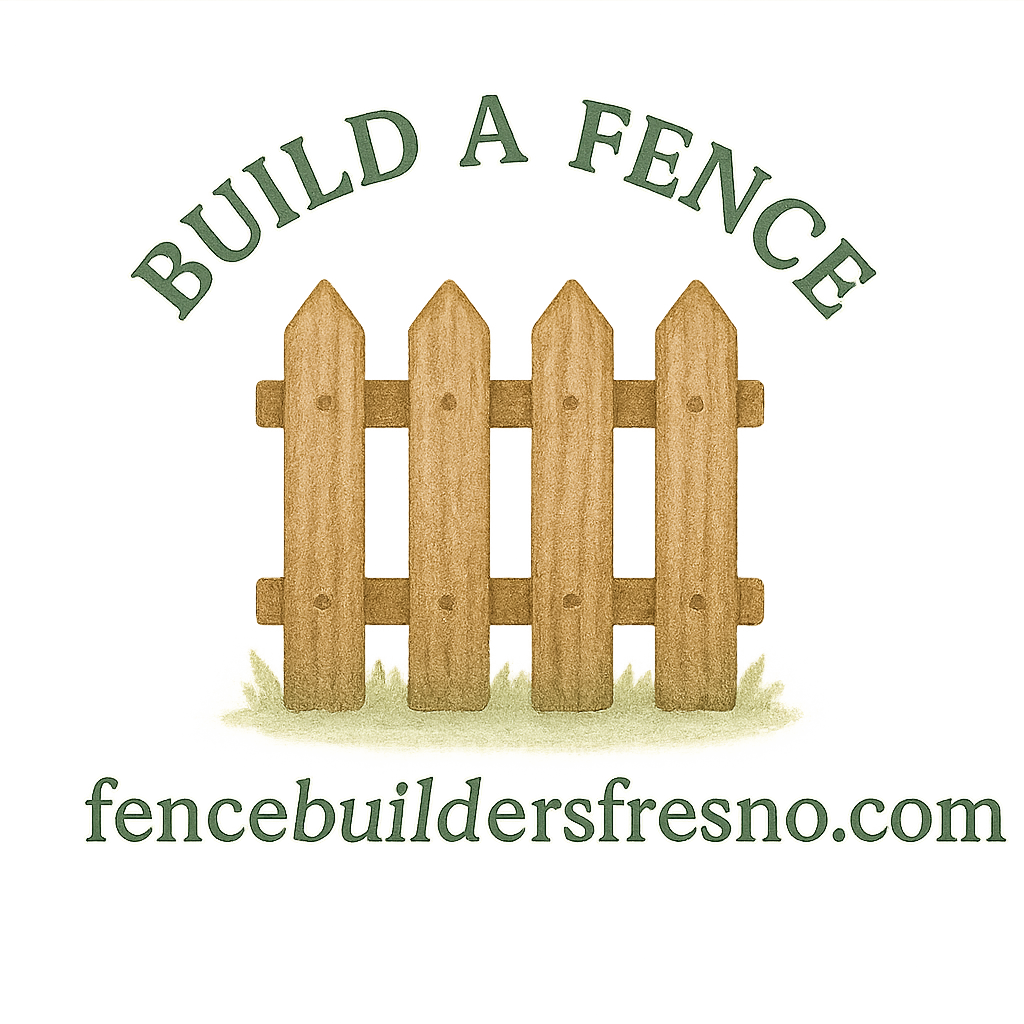Introduction
Thinking about taking on a DIY fencing project? At first glance, it looks simple—dig a few holes, drop in posts, and attach panels. Easy, right? Well, not quite. Fencing mistakes are common, and what starts as a weekend project can quickly spiral into a costly headache.
In this guide, we’ll explore the 7 warning signs that your DIY fencing planning and installation are going wrong, plus practical tips to fix them before you waste time and money.
Why DIY Fencing Seems Easy (But Often Isn’t)
The Allure of Saving Money
Most homeowners start a DIY fence because they think they’ll save big on labor costs. And while that’s possible, skipping professional help often leads to bigger expenses down the line. Before jumping in, make sure you understand the fence building basics.
The Myth of “Simple Installation”
Online videos make it look like anyone can build a fence in a weekend. But reality hits differently—soil conditions, slopes, permits, and property lines can complicate things fast. That’s why planning your fence design properly is crucial. Learn more in this guide to fence design and planning.

Sign #1: You Didn’t Check Property Lines
Boundary Disputes with Neighbors
If your new fence crosses into your neighbor’s yard, expect drama. Boundary disputes are one of the top reasons homeowners regret rushing DIY fence projects.
Encroachment Issues and Legal Risks
Fence encroachment isn’t just a neighborly issue—it can turn into a legal one. Save yourself from potential lawsuits by reviewing legal property considerations before you start digging.
Sign #2: Poor Fence Post Installation
Posts Aren’t Set Deep Enough
Fence posts are your fence’s foundation. If they aren’t deep enough—at least one-third of their height in the ground—they’ll wobble or topple.
Skipping Concrete Anchoring
Some DIYers think concrete is optional. It isn’t. Without it, posts will loosen after a storm. For step-by-step guidance, check this DIY fence installation guide.
Sign #3: Ignoring Local Fencing Laws
Permit Problems
Many cities require permits for fences taller than six feet. Ignoring this step can lead to fines and forced removal.
HOA and Zoning Restrictions
If you live in an HOA community, you may face strict rules about height, color, and style. Always review local legal fencing regulations to avoid surprises.
Sign #4: Choosing the Wrong Materials
Weather and Durability Factors
Your environment dictates your best fence material. For example, wood looks timeless but requires heavy upkeep in humid climates. If durability matters, explore options in this fence types comparison guide.
Maintenance Nightmares
Using cheap materials often backfires. You’ll spend more on fence maintenance and repair than you would have by choosing high-quality materials upfront.
Sign #5: Uneven Fence Lines and Gaps
Sloping Ground Mistakes
Not adjusting for slopes leaves ugly gaps at the bottom of your fence, defeating its purpose. Learn how to prevent this by reviewing DIY fence tips.
Misaligned Panels and Aesthetic Issues
Crooked fence lines scream “DIY disaster.” A properly aligned fence boosts curb appeal—an uneven one does the opposite.
Sign #6: Structural Weakness
Wobbly Fence Panels
If your fence sways in the wind, something went wrong. Either your posts weren’t secured correctly, or you used the wrong fasteners.
Inadequate Fasteners and Hardware
Rusty screws and weak nails aren’t built to last. Choosing durable hardware is just as important as picking the right panels. See tips on durable fencing solutions.
Sign #7: Neglecting Long-Term Maintenance
Rotting Wood and Rusting Metal
Even the best fence won’t last forever without care. Wood fences need staining or sealing, and metal fences need rust protection. Get started with these wood fence care tips.
Failing to Plan for Upkeep Costs
Every fence requires maintenance—some more than others. If you want something truly low-maintenance, consider vinyl fences or other modern alternatives.
Common DIY Fencing Mistakes to Avoid
Rushing the Planning Stage
Skipping surveys, underestimating slopes, or forgetting permits are mistakes that doom many projects. Instead, spend time on fence planning basics before you pick up tools.
Underestimating Tools and Skills
A fence isn’t built with just a hammer and nails. You’ll need the right power tools, levels, and digging equipment—or risk a sloppy outcome.
Professional vs DIY: When to Call an Expert
Cost vs Value of Professional Installation
Hiring a professional may seem expensive upfront, but it often saves money by avoiding repairs and replacements.
Peace of Mind with Expert Work
Sometimes, it’s better to leave it to pros who understand property rights, zoning, and best practices. Explore the benefits of hiring a fence builder in Fresno.
Practical Tips for DIY Fence Success
Do Your Research Thoroughly
Don’t just watch one video—read multiple guides, understand property lines, and look into legal property rights.
Use High-Quality Materials
Your fence is only as strong as its weakest piece. Weather-resistant materials, treated wood, and rust-proof fasteners will extend its life.
Get Help If Needed
Fencing is heavy work. Don’t hesitate to ask for a hand—or call in an expert if things feel overwhelming.
Conclusion
DIY fencing can be incredibly satisfying, but only if done right. By recognizing these 7 warning signs of a failing DIY fence project, you can course-correct before things get out of hand.
Whether it’s ensuring your posts are set deep, choosing the right material, or staying on the right side of property laws, careful planning makes the difference between a fence that stands tall for years and one that becomes an expensive mistake.
And if it feels overwhelming? Don’t stress—professional help is always just a call away.
FAQs
How deep should fence posts go?
At least one-third of the post should be buried, ideally with concrete, for a secure hold.
Can I move a fence if it’s on my neighbor’s property?
Yes, but you may need a survey and legal agreement. Avoiding fence encroachment issues early is always better.
What’s the most durable fencing material for low maintenance?
Vinyl is a strong contender. Check out the pros and cons of a vinyl fence.
Do I really need a permit for a small fence?
Often yes. Local rules vary, so always double-check legal fencing requirements.
How do I fix a wobbly fence?
Usually by reinforcing posts with fresh concrete or replacing weak fasteners. See more in fence maintenance tips.
What’s the cheapest fence that still looks good?
Pressure-treated wood is budget-friendly, though it requires regular care. For less upkeep, explore low-maintenance fences.
Should I hire a pro or keep my project DIY?
If you value time, durability, and peace of mind, a pro is the way to go. Explore local fence guide resources before making your choice.


